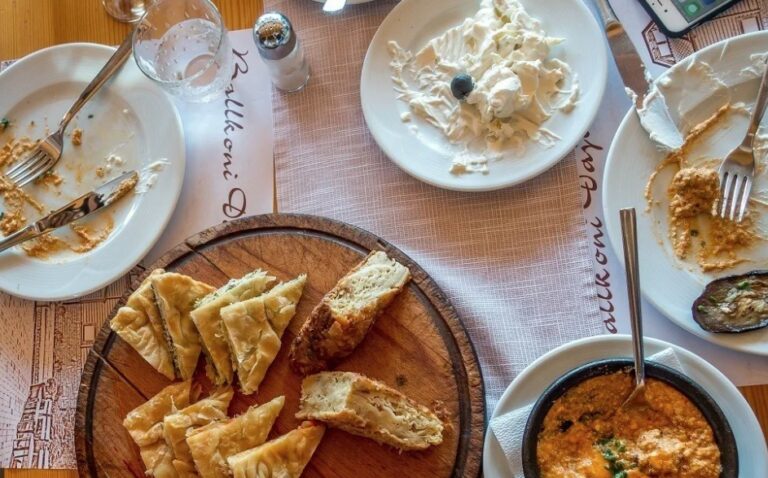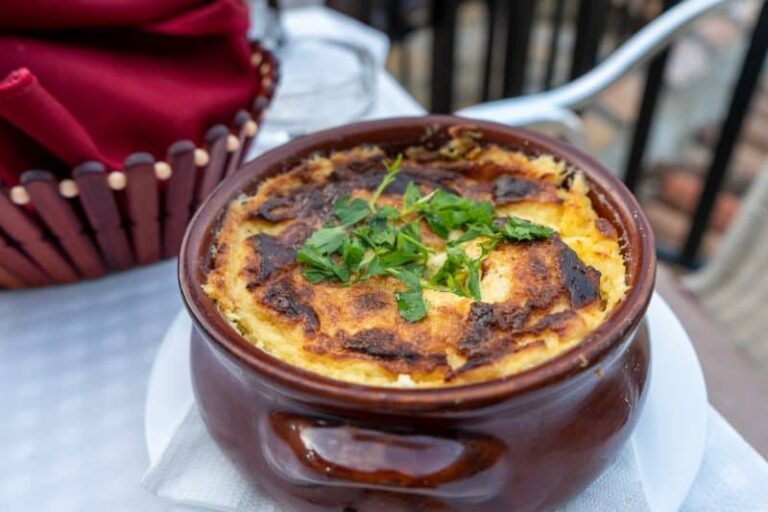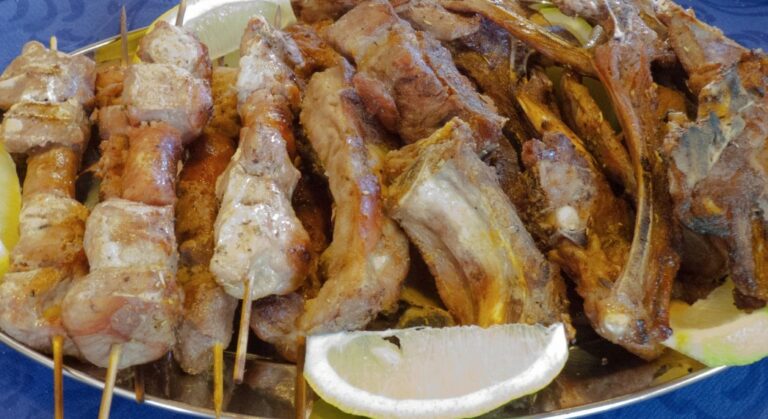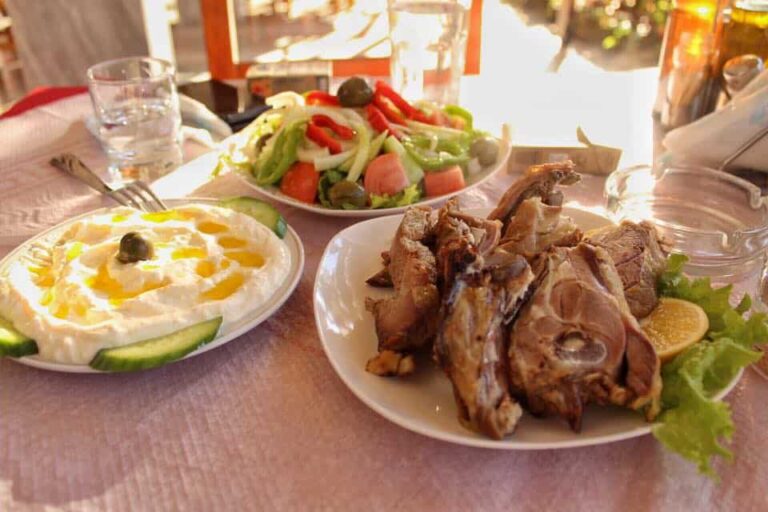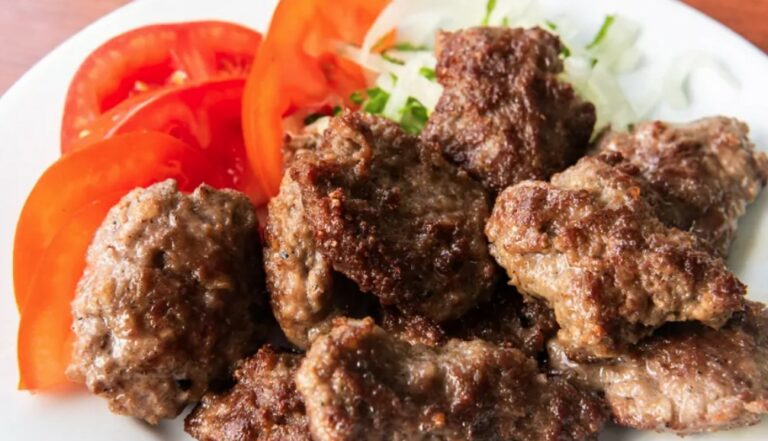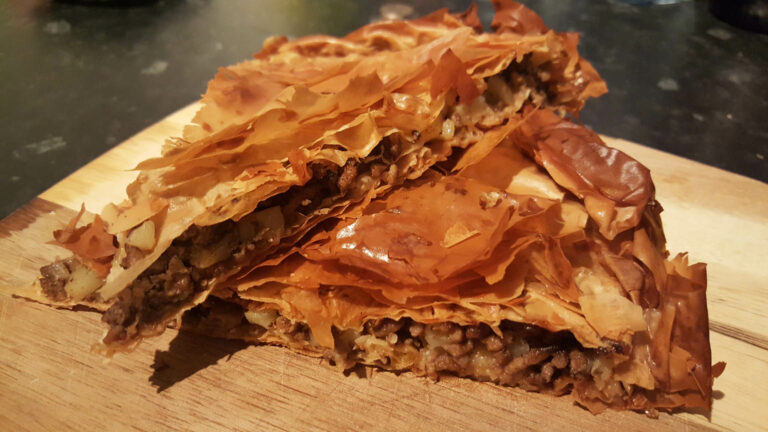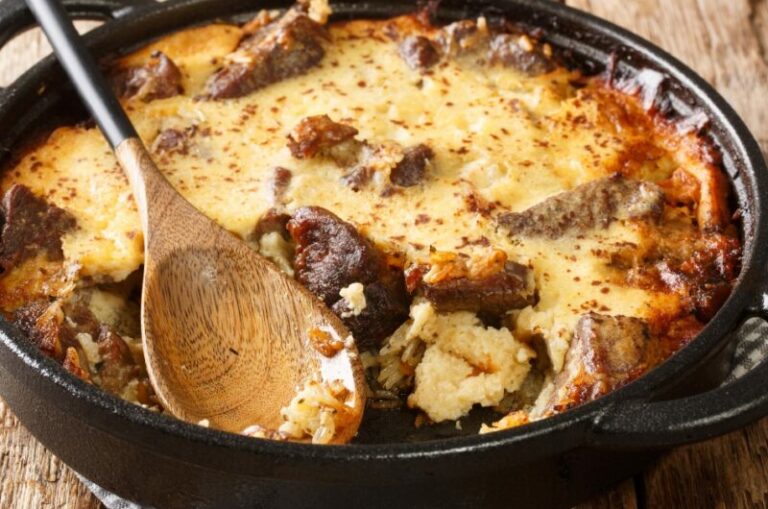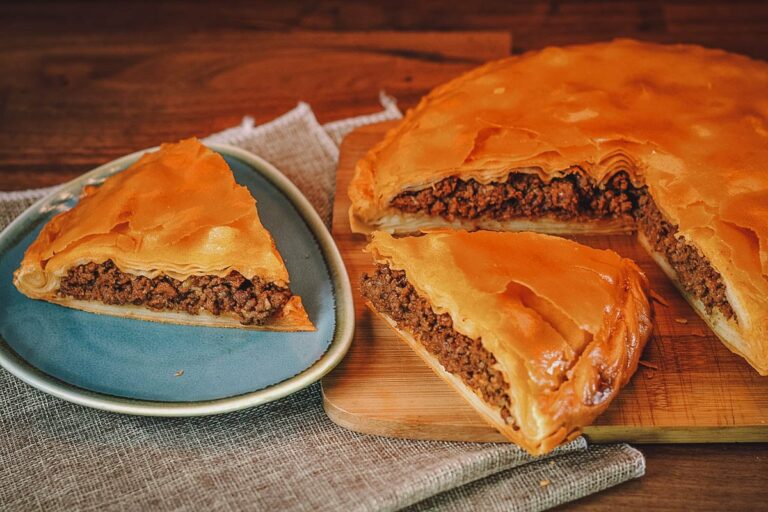Overview: Albanian Desserts
Albanian cuisine is rich in flavor and variety, and desserts are no exception. Albanian desserts are often made with ingredients such as nuts, honey, and dairy products. These desserts are not only delicious, but they also reflect the country’s cultural heritage and history. From baklava to shullace, Albanian desserts offer something for every sweet tooth.
Baklava: Sweet Delight
Baklava is a traditional Albanian dessert that has become popular in many countries around the world. It is a rich, sweet pastry made with layers of phyllo dough, chopped nuts, and honey or syrup. The layers of phyllo are brushed with butter or oil, and then the nut mixture is layered on top. Once the layers are complete, the baklava is baked until it is golden brown and crispy. Baklava is often served during special occasions such as weddings and religious festivals.
Qumeshtore: Albanian Custard
Qumeshtore is a traditional Albanian custard that is made with milk, eggs, sugar, and vanilla. The ingredients are mixed together and then baked in the oven until the custard is set. Qumeshtore is often served cold, and it is garnished with cinnamon or fresh fruit. This dessert is perfect for those who prefer a light and creamy dessert.
Trilece: Three-Milk Cake
Trilece is a popular Albanian cake that is made with three different types of milk: condensed milk, evaporated milk, and regular milk. The cake is soaked in the milk mixture, which makes it incredibly moist and flavorful. Trilece is often served with whipped cream or fresh fruit, and it is a favorite dessert for many Albanians.
Sheqerpare: Sugar Drop Cookies
Sheqerpare are traditional Albanian sugar drop cookies that are made with butter, sugar, flour, and eggs. The dough is rolled into small balls and then baked until they are golden brown. Once they are baked, the cookies are dusted with powdered sugar. Sheqerpare are often served with a cup of tea or coffee, and they make a great snack or dessert.
Revani: Semolina Cake
Revani is a sweet semolina cake that is flavored with lemon and soaked in a sugar syrup. The cake is made with semolina flour, eggs, sugar, and butter. Once it is baked, the cake is cut into small pieces and then soaked in the sugar syrup. Revani is often served with whipped cream or fresh fruit, and it is a delicious dessert for any occasion.
Shendetlie: Honey Pastry
Shendetlie is a traditional Albanian honey pastry that is made with phyllo dough, honey, and walnuts. The phyllo dough is layered with honey and walnuts, and then it is baked until it is golden brown and crispy. Shendetlie is often served as a dessert or as a sweet snack with a cup of tea or coffee.
Shullace: Albanian Halva
Shullace is a traditional Albanian halva that is made with tahini, sugar, and water. The ingredients are cooked together until they form a thick paste, and then the mixture is poured into a mold and left to set. Once it is set, the halva is sliced and served with a cup of coffee or tea. Shullace is a great dessert for those who prefer a less sweet treat.

